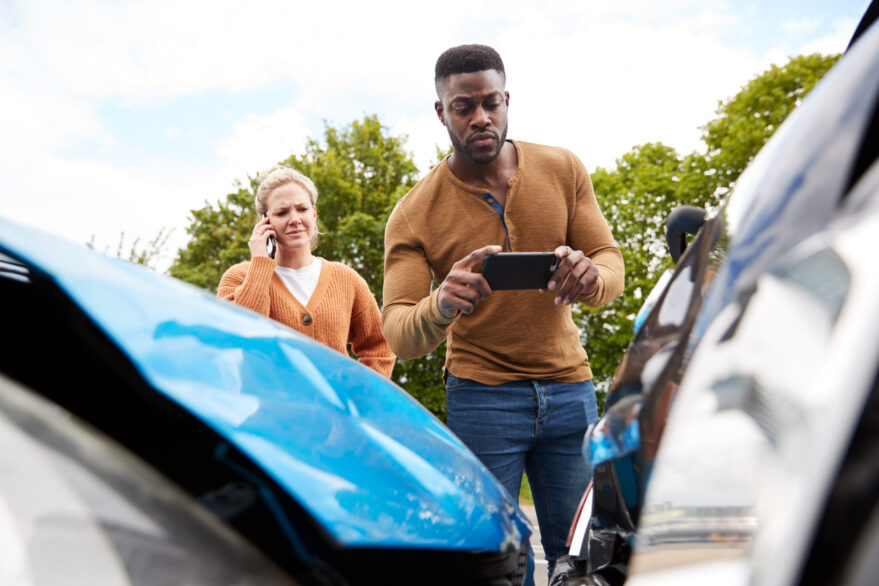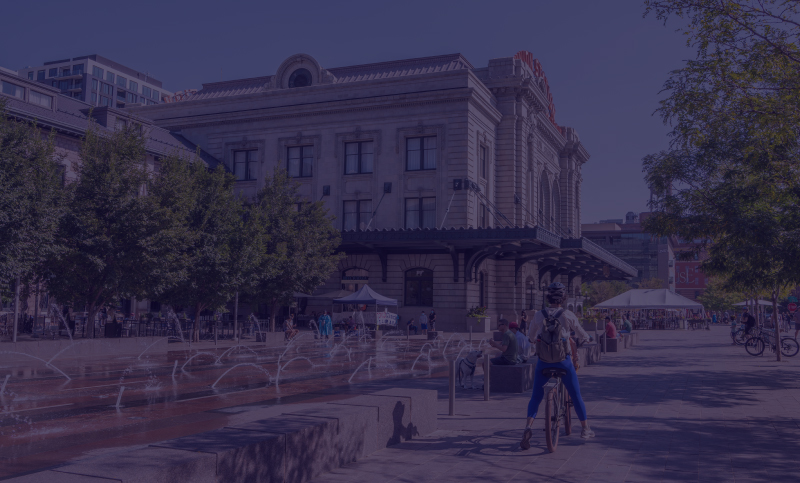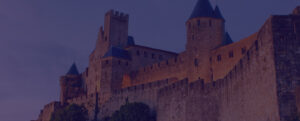What Pictures to Take After an Accident in Denver

Accidents can happen in the blink of an eye, and when they do, it is easy to feel overwhelmed. But in the aftermath, one of the most important things you can do is gather evidence, especially when it comes to taking pictures. These photos can be critical in supporting your insurance claim or potential legal action. If you’re in involved in a Denver auto accident, knowing what pictures to take can make a significant difference
Take Wide Shots of the Scene
Start by stepping back and taking wide-angle shots of the entire accident scene. Capture the position of all vehicles involved, any skid marks, traffic signs, and the surrounding area. These wide shots provide context and show how the accident occurred in relation to the surrounding environment.
Make sure to include:
- The entire accident scene from multiple angles.
- Nearby intersections, road signs, and traffic lights.
- Any visible road conditions, such as weather or construction hazards.
These shots are the foundation of your evidence and give a sense of the accident’s context.
Focus on Vehicle Damage
These pictures can help prove the severity of the collision and identify where the impact occurred.
Take photos of:
- Front, rear, and side damage to each vehicle.
- Close-ups of dents, scratches, broken glass, or deployed airbags.
- Any visible signs of fluid leaks, such as oil or coolant.
Clear pictures of vehicle damage can highlight the extent of the crash, which is important for insurance adjusters and legal claims.
Photograph Injuries (If Safe to Do So)
Take close-up shots of any injuries if you are able. If you or others are injured, photos can document the severity of those injuries, which can be useful for medical and legal purposes. However, always prioritize safety and seek medical help immediately.
Try to capture:
- Visible cuts, bruises, or abrasions.
- Swelling or any dislocations.
- If possible, photograph the condition of the injured person with their consent.
Remember, these images can be crucial when demonstrating the impact of the accident on your health and well-being.
Capture License Plates and Other Identifying Information
Take clear, close-up shots of the license plates of all vehicles involved. Also, capture any relevant details like the make and model of the vehicles. This can prevent confusion if there’s a dispute about which car was involved or if the other driver leaves the scene.
Focus on the license plates of all vehicles. Take pictures of any registration or insurance details if they are readily accessible. These shots act as a “verification check,” ensuring that the correct parties are held accountable.
Photograph Road Conditions and Environment
The road conditions surrounding the accident are crucial in painting a full picture of what happened. If there’s something on the road that contributed to the accident, such as a pothole, oil spill, or icy conditions, take photos of these as well.
Capture any road hazards, such as puddles, debris, or poor road markings. Take pictures of the weather conditions, especially if it’s dark, rainy, foggy, or snowy. These photos can help explain why the accident occurred, especially if environmental factors played a role.
Document the Surrounding Area
In addition to the immediate area of the accident, it’s important to capture the broader surroundings. Include nearby businesses, crosswalks, or traffic signals. Note any witnesses or cameras in the area.
Taking Photos at Night
Accidents that occur at night require special attention, as poor lighting can obscure important details.
If the accident happened after dark, ensure to take pictures of:
- The accident scene with headlights and street lights visible.
- The damage to the vehicles under different lighting.
- Any relevant road conditions that were harder to see in the dark.
Nighttime accident photos may be crucial in showing how visibility issues or road lighting played a role in the incident.
Know What Pictures to Take After an Accident in Denver
Taking pictures after a car accident preserves the story of the accident. These images serve as critical pieces of evidence that can be used in insurance claims, legal cases, and in explaining the circumstances of the crash.
When in doubt, take more photos than you think you need. You can always sift through them later. Make sure to keep your phone charged, and if possible, use a camera with a high resolution for clear and detailed shots.
Contact our Denver Car Accident Attorneys at Zaner Law Personal Injury Lawyers at (720) 613 9706
For more information, please contact the Denver car accident lawyers at Zaner Law Personal Injury Lawyers to schedule a free initial consultation with a personal injury lawyer.
We are located in Denver, CO, and proudly serve all of Denver County.
Zaner Law Personal Injury Lawyers
1610 Wynkoop Street, Suite 120.
Denver, CO 80202
(720) 613 9706
Find us with our Geocoordinates: 39.75208145814397, -105.00017355026108
About The Author

Kurt Zaner has earned national recognition for his innovative legal strategies, securing some of the largest verdicts in Colorado. He assists injured clients in Denver with personal injury cases, including car accidents, truck accidents, wrongful death, motorcycle accidents, and more. Click here to view some of the fantastic case results that Zaner Law has successfully handled.
Location: Denver, CO


